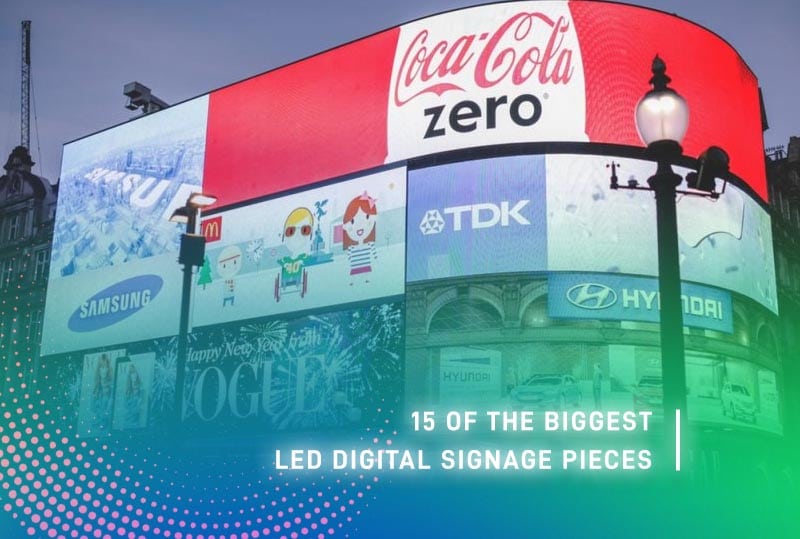How to use colour theory in your digital signage design
In today’s visually-driven world, digital signage has become an effective tool for businesses to engage with their audience and deliver messages in a dynamic and eye-catching style. One crucial aspect of creating an impactful digital signage campaign is the skilful use of colour. If you can understand and apply the colour theory principles, you can enhance the effectiveness of your digital signage design and captivate your viewers. Here at Scanlite, we’ve been providing our clients with custom made digital signage solution solutions for over 40 years. That means we have a deep understanding of what it takes to create compelling and visually appealing digital signage, so if you’re looking to maximise your marketing strategy, you’re in exactly the right place.
Understand the basics of colour theory
Before delving into digital signage design, it’s essential to grasp the fundamentals of colour theory. Start by familiarising yourself with the colour wheel, which consists of primary, secondary, and tertiary colours. It’s also crucial to have a good grasp of concepts like hue, saturation, and value, as these influence how colours are perceived. Getting these basics down can help you make informed decisions while designing your digital signage, as you’ll have a better understanding of what different colours portray, as well as how they fit together.
Consider the emotional impact
Colours evoke emotions and influence moods, so it’s really important to choose the right colours that align with your brand and desired message. Each colour carries its own associations – for example, red signifies energy, urgency, and passion, while blue represents calmness, trust, and professionalism. So, consider the emotions you want to evoke and select colours accordingly to create a harmonious and impactful visual experience for your customers. People respond to things emotionally, so if you can invoke a positive emotional reaction with your signage, you’re on for a winner!
Establish a consistent colour scheme
Consistency in your colour usage helps to establish your brand identity, and enhances the overall visual appeal of your digital signage. So, it’s best to choose a limited colour palette that aligns with your brand and stick to it throughout your design. Consistency creates a sense of cohesiveness, making your signage more visually appealing and memorable. As a result, customers will be able to easily recognise your advert in a crowded visual atmosphere, as they’ll be able to spot your unique colour scheme.
Use colour psychology
Colour psychology explores how different colours can influence human behaviour and perception. Understanding these psychological effects can help you to strategically use colours in your digital signage, to convey your intended message.
For example, green is often associated with nature and health, making it suitable for signage related to eco-friendly products or wellness services.We’d always advise spending some time researching the psychological impact of colours before you begin, so that you can incorporate them tactically within your campaign to strengthen your message.
All in all, incorporating colour theory into your digital signage design can significantly enhance its effectiveness and appeal. Understanding the basics of colour theory can help you to create visually compelling signage that effectively communicates your message and captivates your audience and mastering the art of colour in digital signage design will undoubtedly elevate your brand’s visual presence and make a lasting impact.
And if you’re looking to add some digital signage to your advertisement strategy, you’re the right place. With more than 40 years of experience behind us here at Scanlite, we know our digital signage solutions inside out. To find out more on how we can help you, feel free to give us a call today on 01253 302723. We’re always happy to help!














